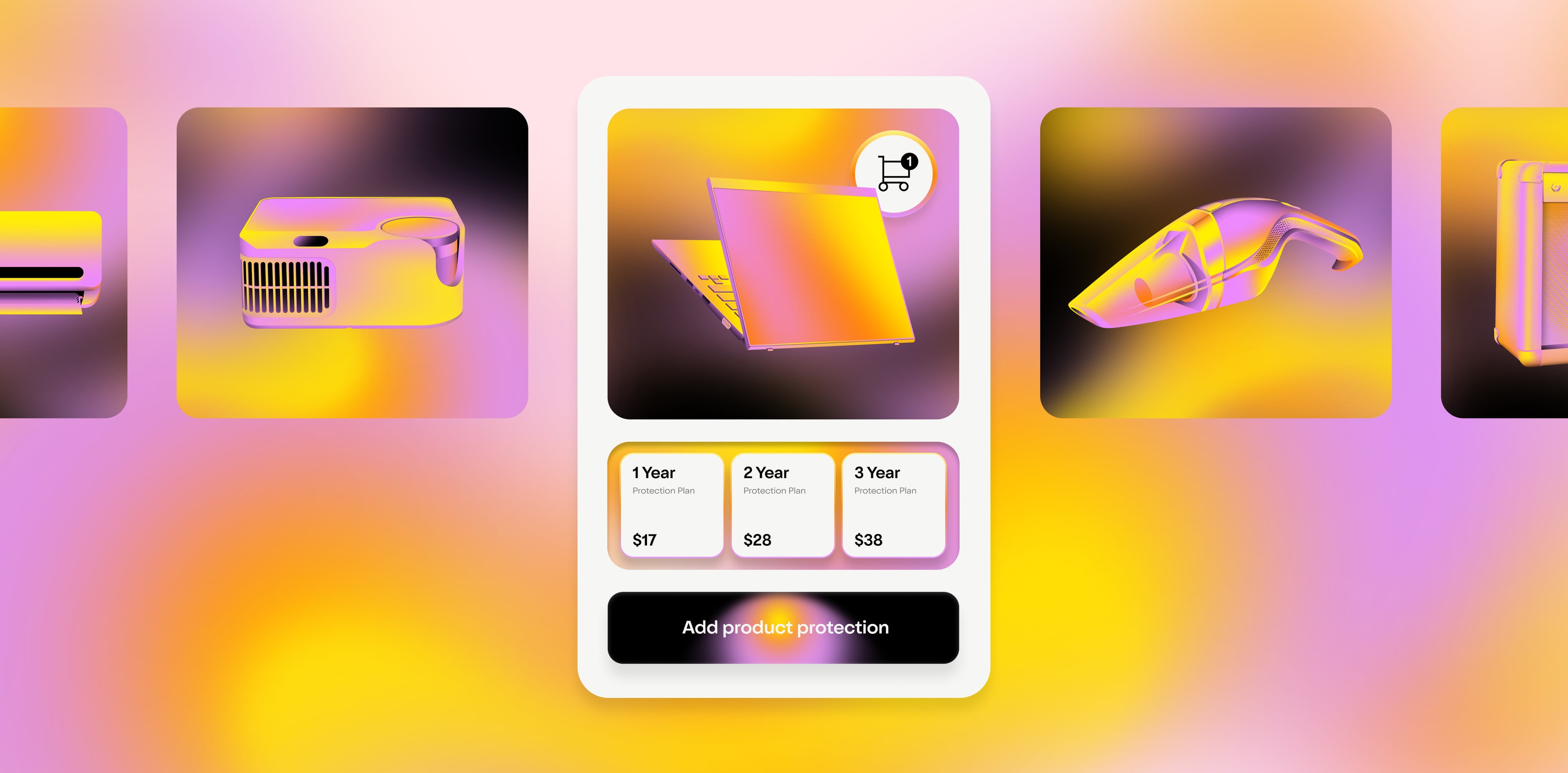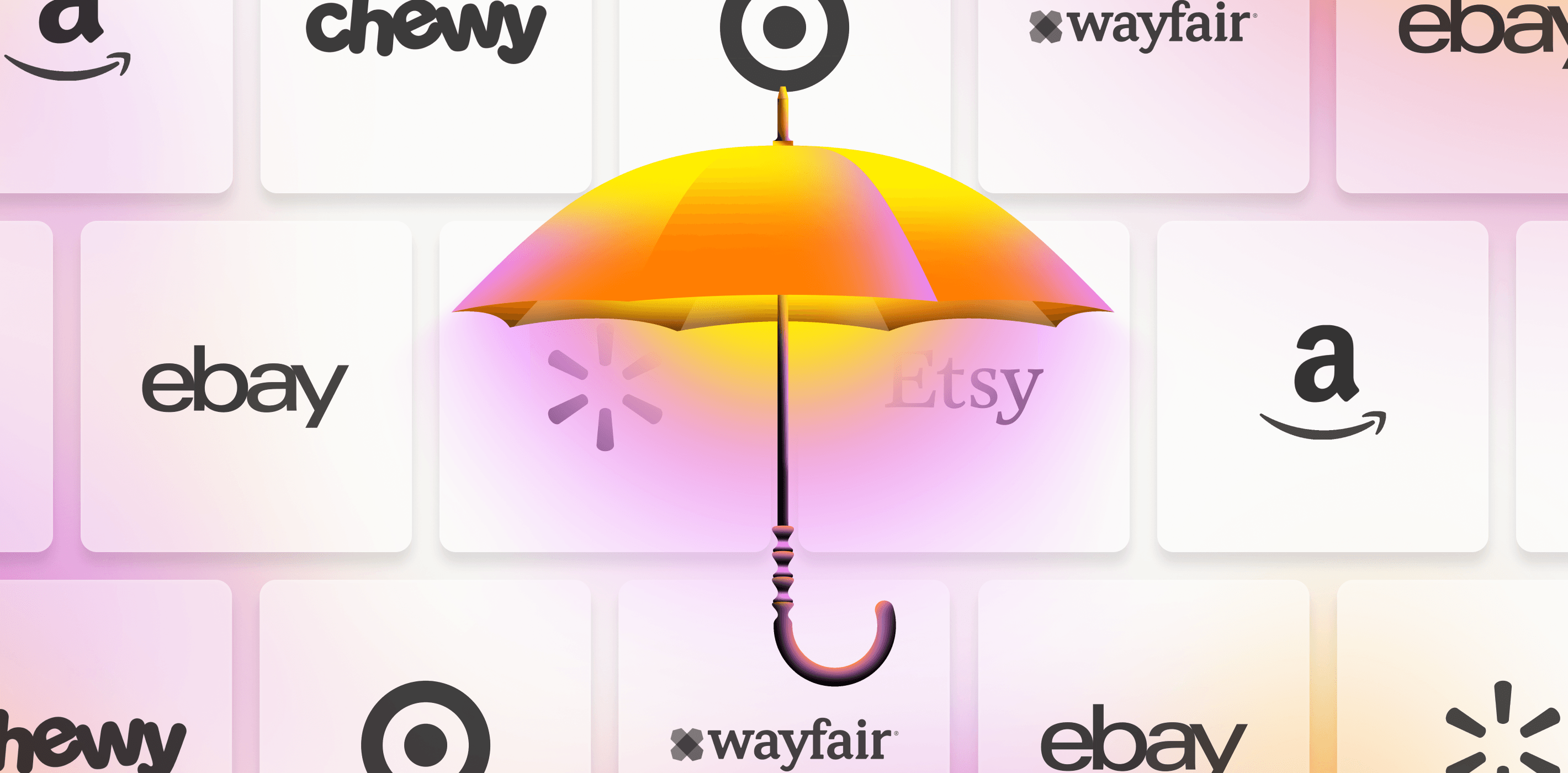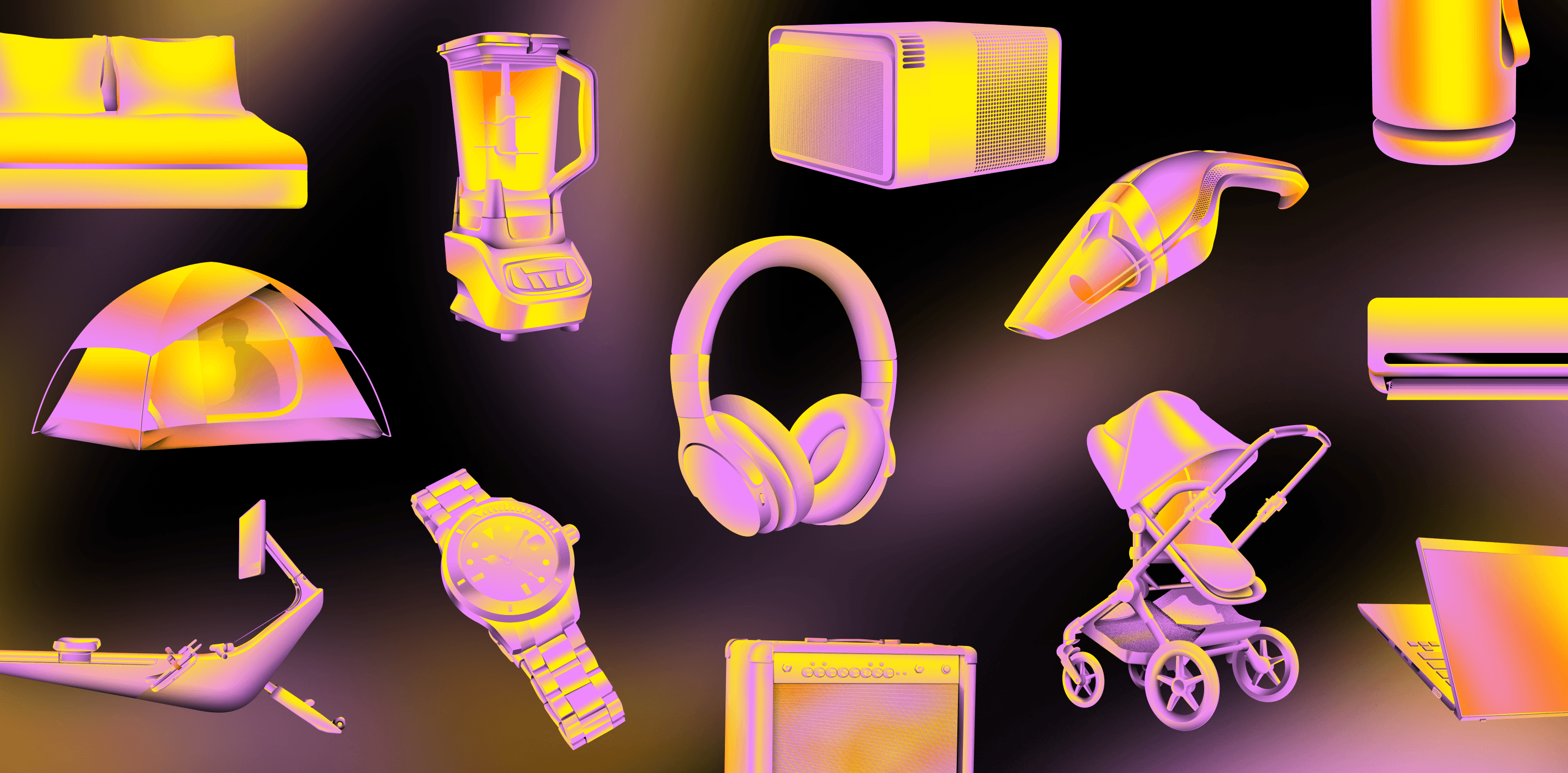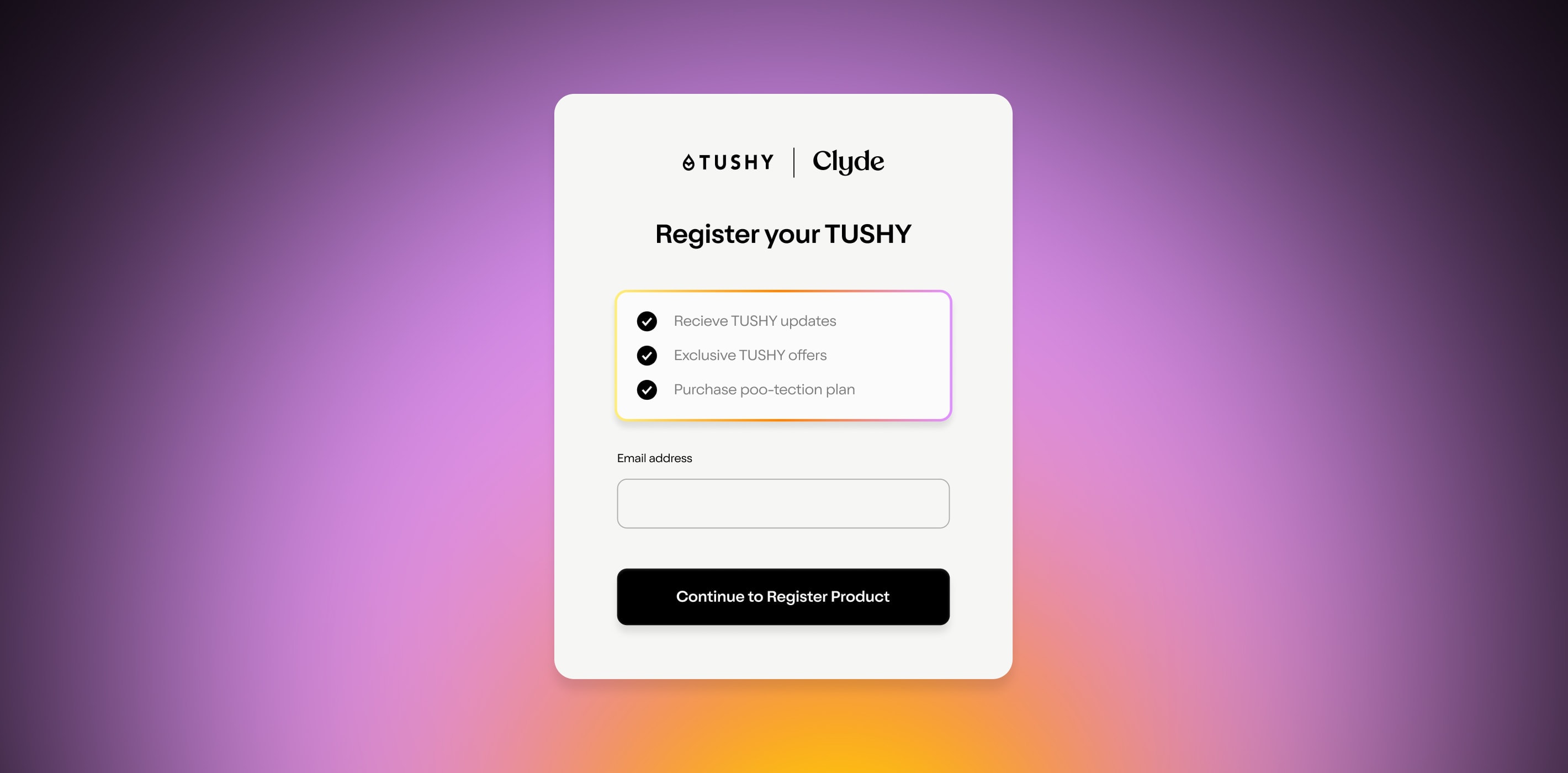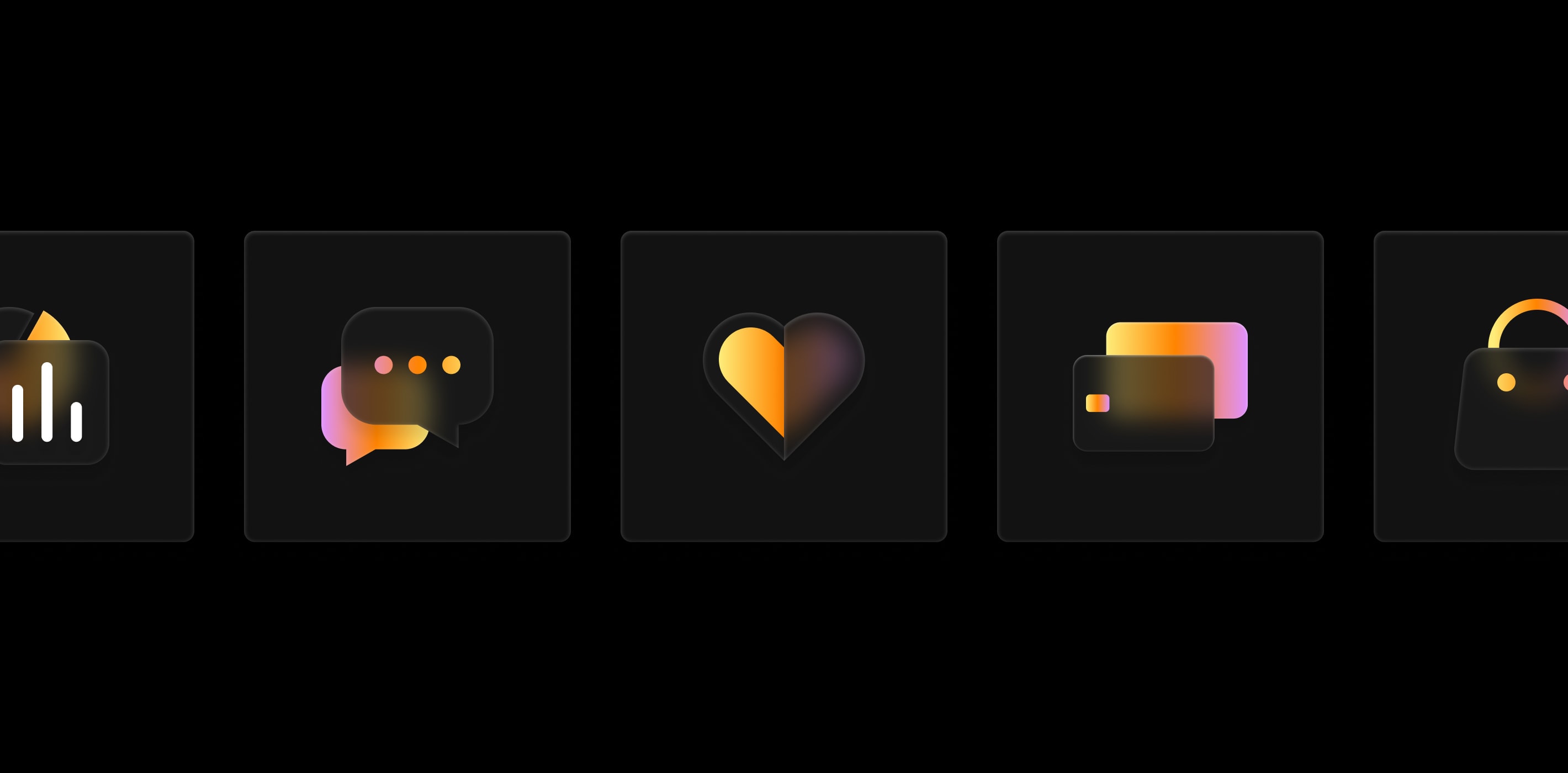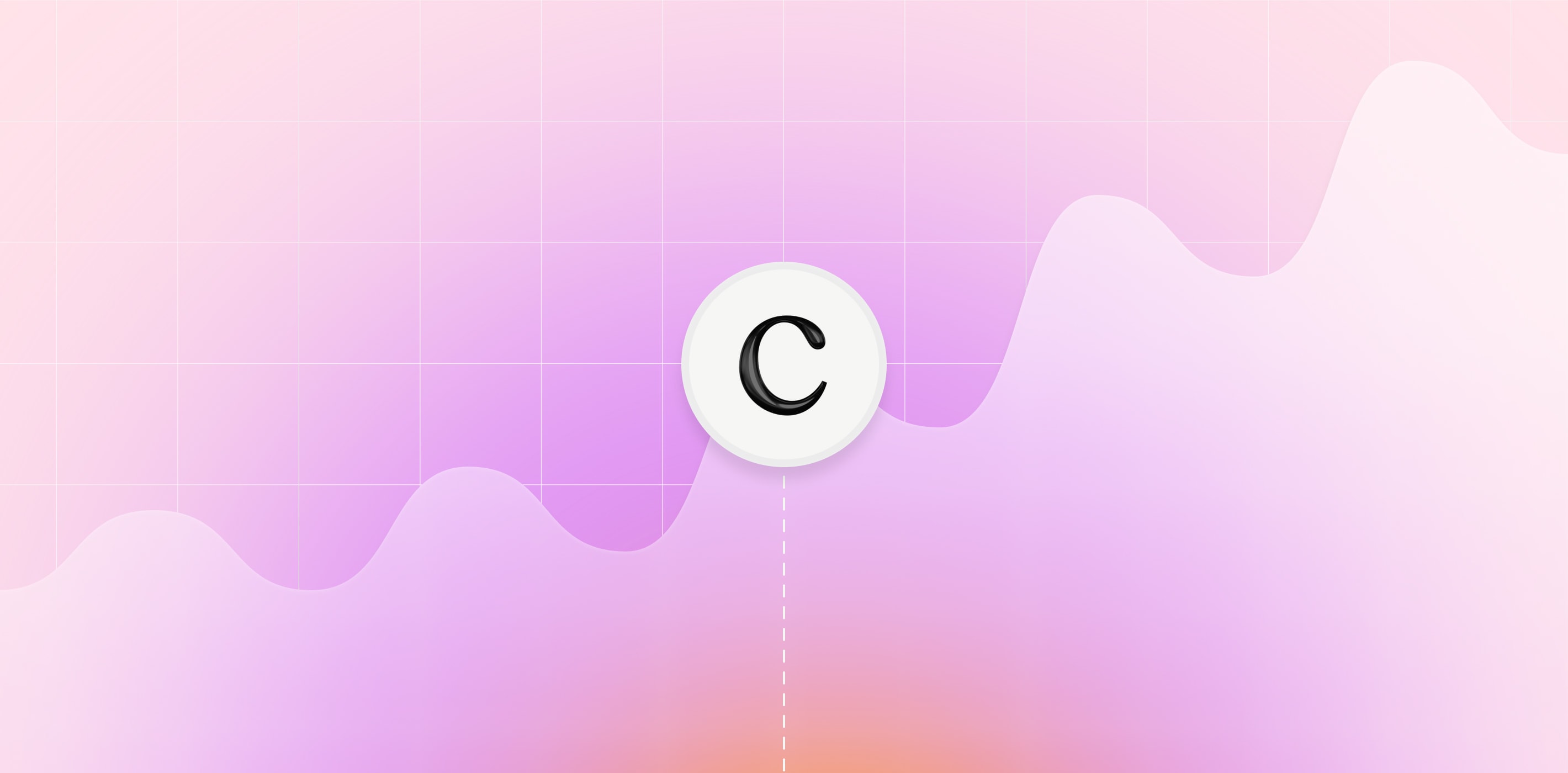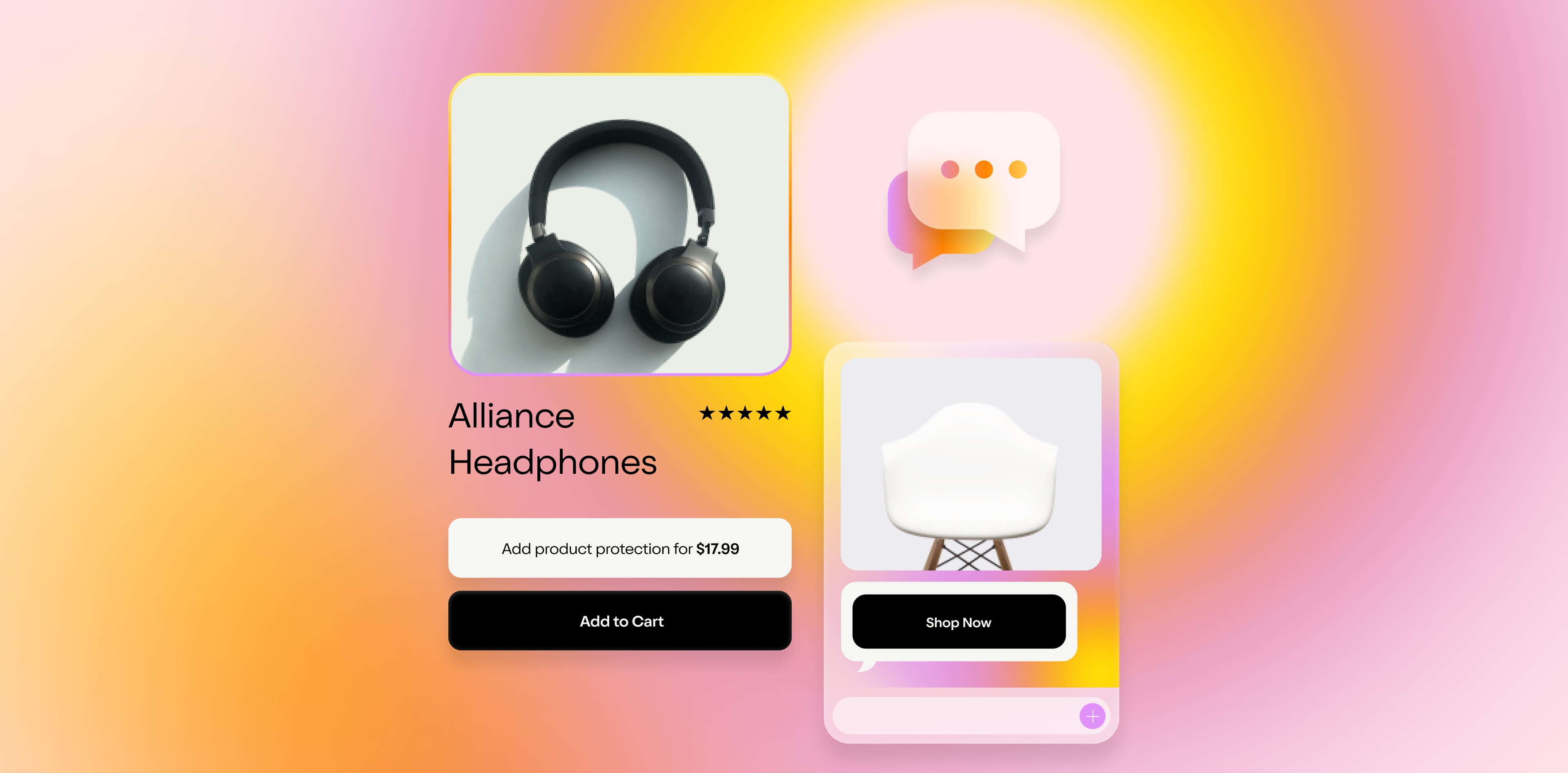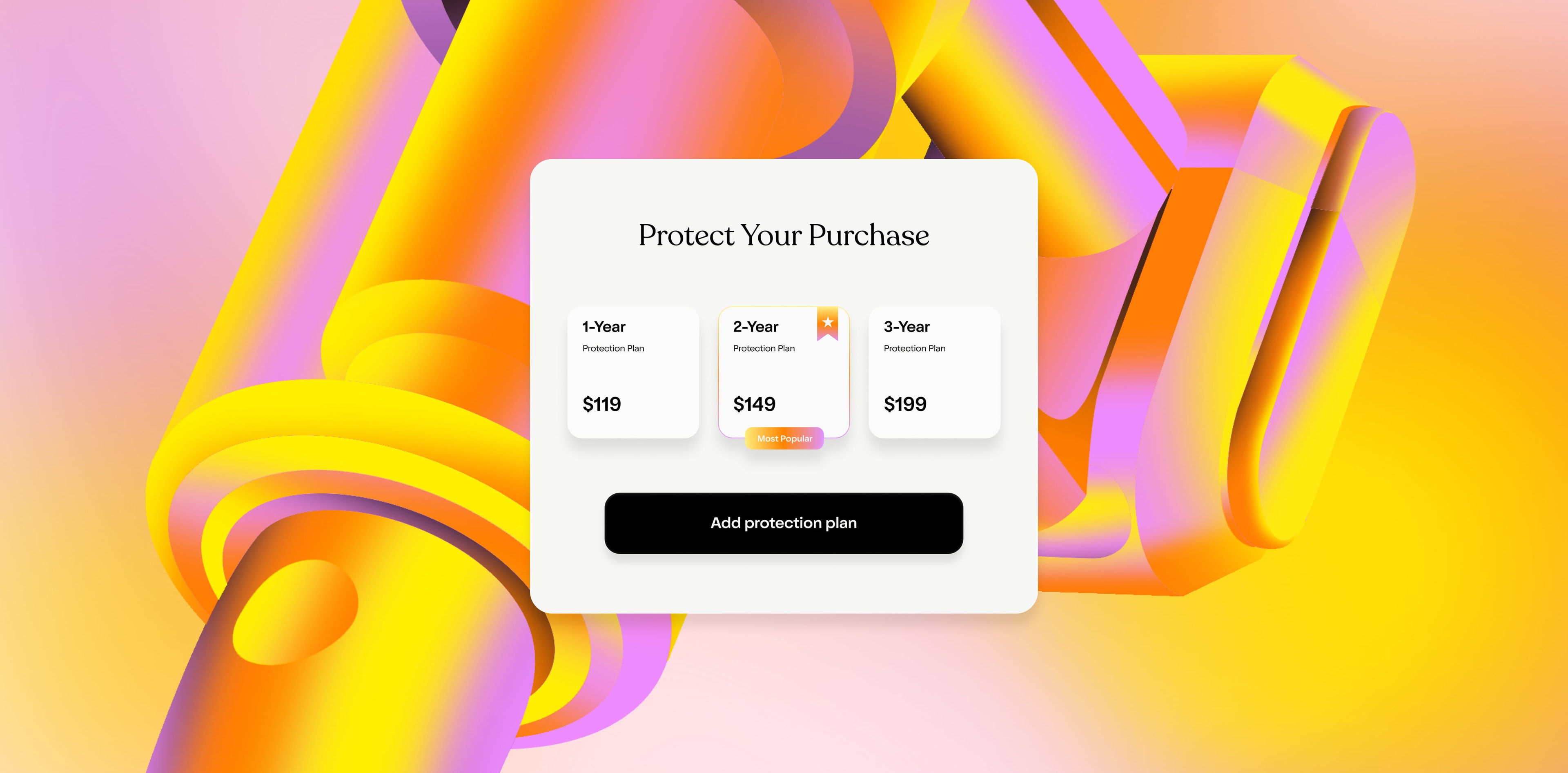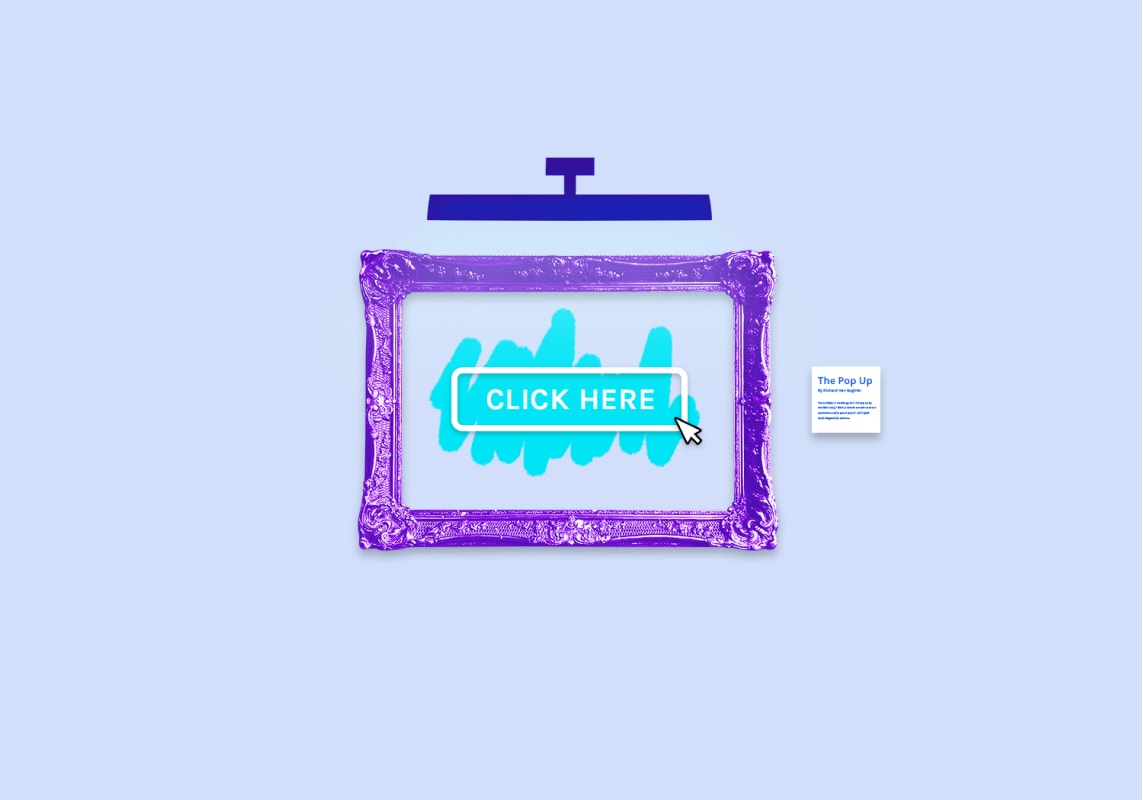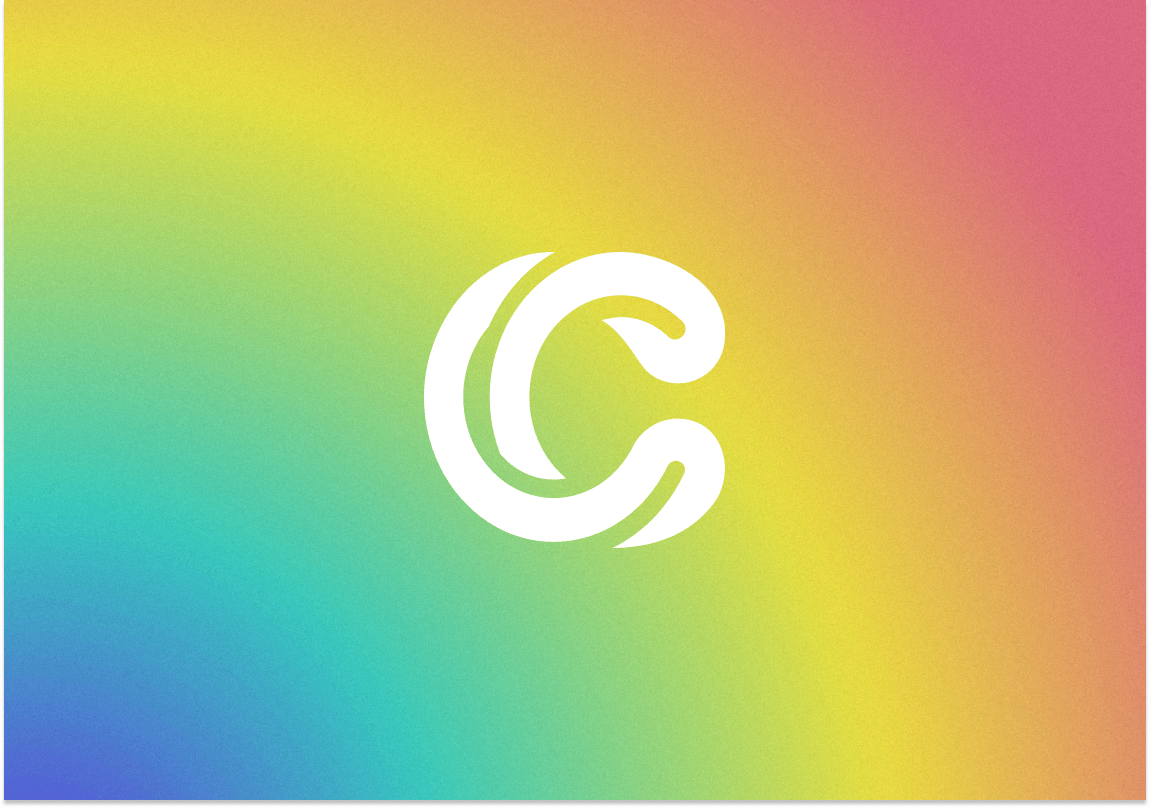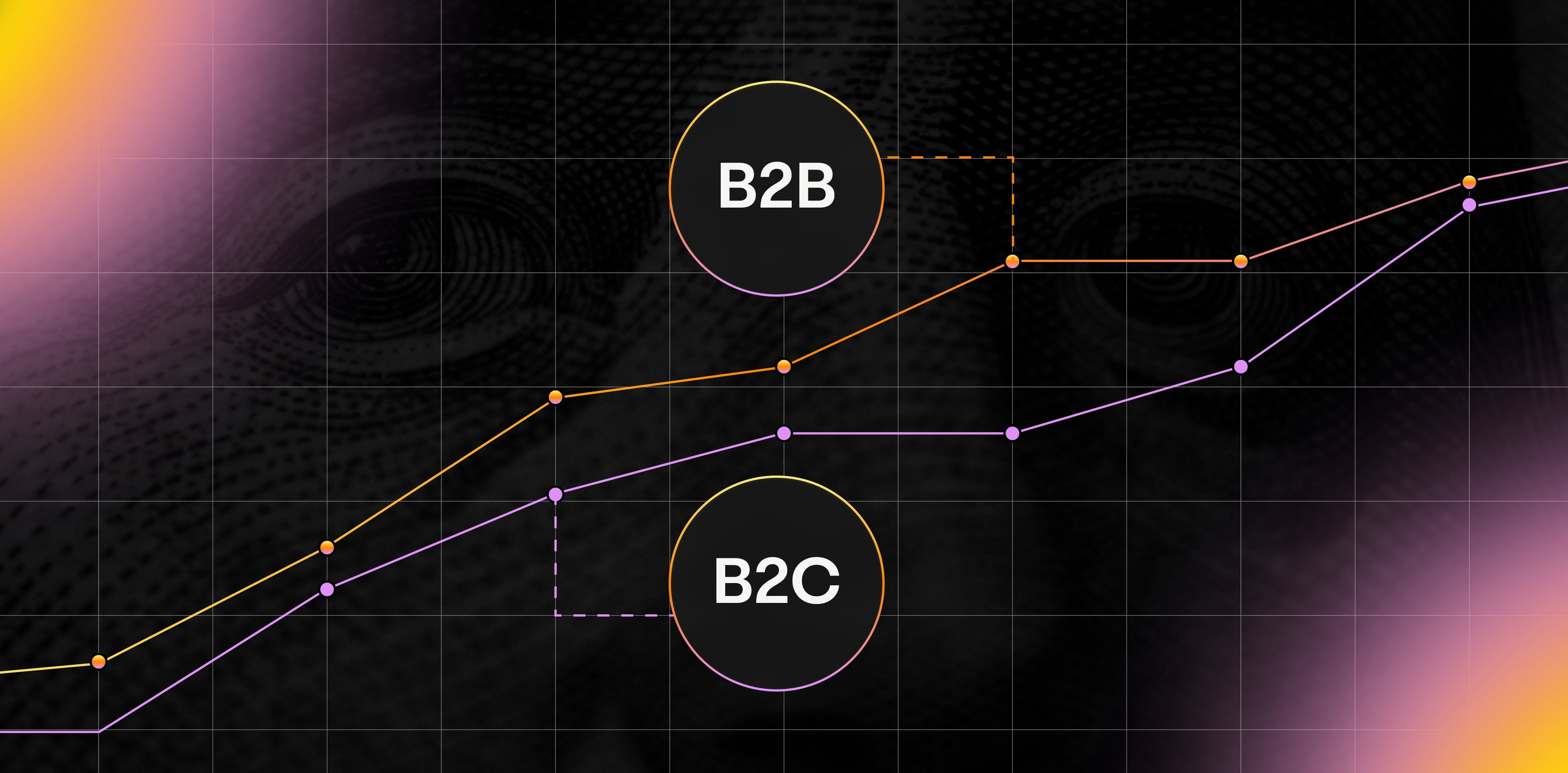For full access to our whitepaper, click here . For an executive summary, keep reading.
How many emails do you get a day?
The average American gets 200—and is learning to ignore the large majority of them.
In Clyde’s latest whitepaper, “The Touchpoint Trojan Horse,” we walk through the following:
the evolution of B2C outreach,
the oversaturation of our inboxes as a result of cheap-and-easy digital marketing opportunities,
and the way that a warranty or protection plan can revamp a company’s email marketing efforts
The whitepaper is, in my only just slightly biased opinion, very much worth a read. But if you don’t have time to dive into all of it right now, I’ve summarized its key points here.
Goodbye, milkman; hello, Instacart
Before a company can sell anything, they need to figure out who their target audience is and how to show that audience what they have for sale.
That process has gotten more efficient over time.
We started with door-to-door salespeople. Then catalogues and mail orders. Then cable networks with shopping channels and hypnotizing infomercials (if you have a house free of “As Seen on TV” products, you are stronger than me).
And now we have the internet.
Marketers have evolved beyond the banner ad and can now target specific subsections of consumers directly via email, social media, and text marketing.
Which they do—thus the cluttered inboxes.
These are only the promotional emails that got through my Gmail’s spam filter in a three-hour span this morning. Help.
Push vs pull vs gentle, persistent nudging
That deluge of emails (and texts and tweets and sponsored marketplace ads) isn’t there to immediately seal the deal and make me purchase something. It’d be great if I did, but retailers and their marketing teams know that I’m unlikely to be convinced to buy something after just one touchpoint.
Instead of how things worked way back when, when one or two touchpoints were enough to prompt a sale (see: me getting a circular full of ads for scooters in 2005, going into the store, chatting with the salesperson, buying one, and scootering off in style), consumers today expect to be able to shop around, get customer support, and check out across channels.
Now, with up to 20 touchpoints needed to reach and convert the average consumer, email, social, and on-site campaigns have a less-lofty goal than getting me to purchase something. They’re just trying to push me further along the funnel, to remind me that they’re there whenever I am ready to purchase, whether that’s on mobile, desktop, or in-store.
Maybe I’ll be thinking of getting new pajamas and do some Google research on best options.
That will inevitably lead to me getting Gap ads popping up alongside my articles for a few weeks.
I’ll get a sponsored Instagram ad and end up clicking through to their mobile site, going so far as to put some sweatpants in my cart, but I’ll navigate away before I check out.
Because I’ve bought from them before, my email will start blowing up with discounts, special offers, and reminders about what’s left in my cart.
I’ll click on one of them and successfully check out, which only feeds the beast that lives in my inbox; now I’ll get purchase confirmations and reminders about matching separates and announcements of their new pajama lines.
And so it begins again…
This relentless emailing is expensive for them and annoying for me, but it does work, sometimes.
A better way: transactional emails
“30% off this weekend only!”
“Did you see our new color options? 🧥 ”
“Hey, here’s some important information about your order.”
Which of the three is most likely to get opened?
The third!
MarketingSherpa found that consumers read transactional emails at least 60% of the time, way outperforming emails on promotions, new products, or sales.
They work because they’re providing actual value to the consumer, whether that’s in the form of an order confirmation, a shipping number, or, if a retailer is a Clyde customer , updates on their new warranty or protection plan.
That last set of transactional emails have some of the most reliable open rates out there. Clyde’s partners report rates north of 75% when subject lines are related to protection plans.
Compare that to the average email open rate of 21%, per MailChimp .
Even if a warranty email reminder doesn’t drive a customer to their next purchase, knowing that their previous purchase is protected can help cement a positive brand perception, increase brand loyalty, and remind customers how to get help if and when they need it.
And Clyde partners don’t even have to manage those reminders themselves. As part of Clyde’s full-services platform, retailers can customize follow-up emails in line with their brand voice and have Clyde send them (and provide analytics on their performance) automatically.
Better for retailers, better for consumers, and definitely better for my inbox.
SIGN UP FOR OUR NEWSLETTER
